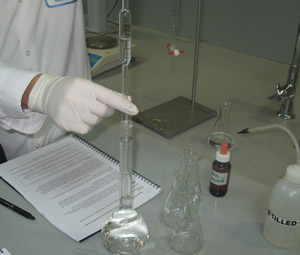

For example, if we want to dilute 1 cup of concentrated orange juice to 1/4 its initial concentration, we would add 3 cups of water to the concentrate.Dilute the concentrate with an appropriate amount of diluting liquid, which is determined relative to the initial volume of concentrate being used. For simple household dilutions, such as the ones you might make in the kitchen, you only really need to know the volume of concentrate you're using and the approximate final concentration you'd like before beginning. Our new, diluted solution has a concentration of 1 mM, which is what we wanted in the first place.Īdd the substance acting as the dilute to the concentrated solution. In other words, we would add 999.8 milliliters (33.8 fl oz) of water to our tiny sample of solution. Next, we would add enough water to increase the volume of the solution to 1 L: 1 L - 0.0002 L = 0.9998 L, or 999.8 milliliters (33.8 fl oz). In our example, for instance, we would first measure 0.2 milliliters (0.007 fl oz) of our 5 M solution.

This new solution will have your desired concentration (C 2). Then, add enough diluting liquid (water, etc.) to make a total volume V 2.
#DILUTE AMMONIA SOLUTION PREPARATION HOW TO#
Let's say you have found your missing value, but you're unsure of how to apply this new information to a real-world dilution you need to perform. Understand how to use your answer practically. Reminder: In chemistry, M is a measure of concentration called Molarity, which indicates moles of a substance per liter.In this case, we know the concentration of the solution we're starting with and the target volume and concentration we want, but not how much of the initial solution we need to add water to get there. Say that we're tasked with diluting a 5 M (molar) solution with water to make 1 liter (0.3 US gal) of a 1 mM (millimolar) solution. In the case of any dilution, it's helpful to take stock of known and unknown variables before beginning. However, in other situations (especially in schoolwork problems), you may need to find some other part of the puzzle - for instance, you may be given an initial volume and concentration, then asked to find the final concentration if you dilute the solution to a given volume.Usually, in most real-world situations, you will know the concentration of your starting solution and both the concentration and volume you want in your second solution, but not the volume of the first solution you need to use to get there. This is done very frequently in chemistry labs, as, for efficiency's sake, reagents are often stored at relatively high concentrations which are then diluted for use in experiments. Performing a dilution in chemistry usually means taking a small amount of a solution whose concentration you know, then adding a neutral liquid (like water) to make a new solution with a larger volume but a lower concentration.


 0 kommentar(er)
0 kommentar(er)
